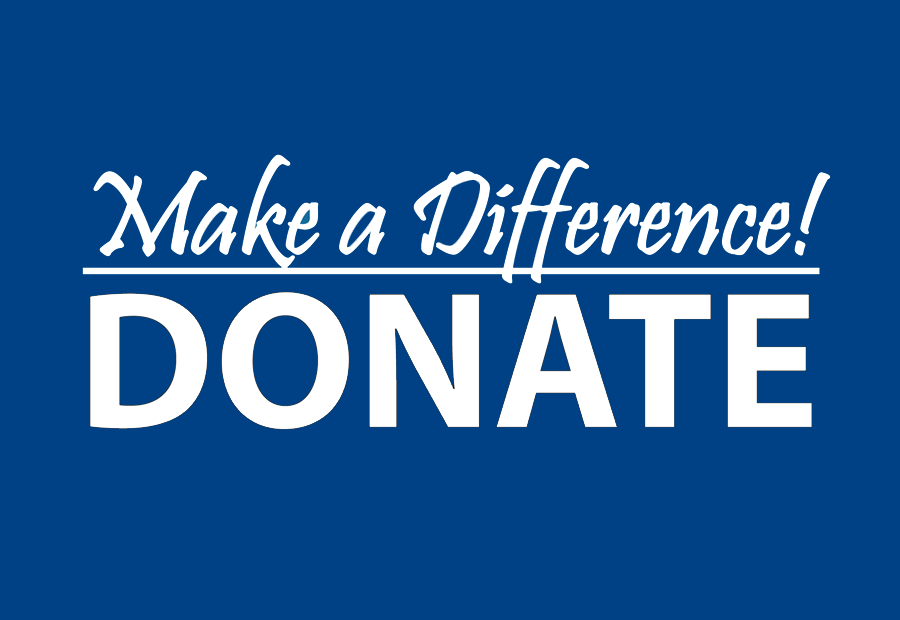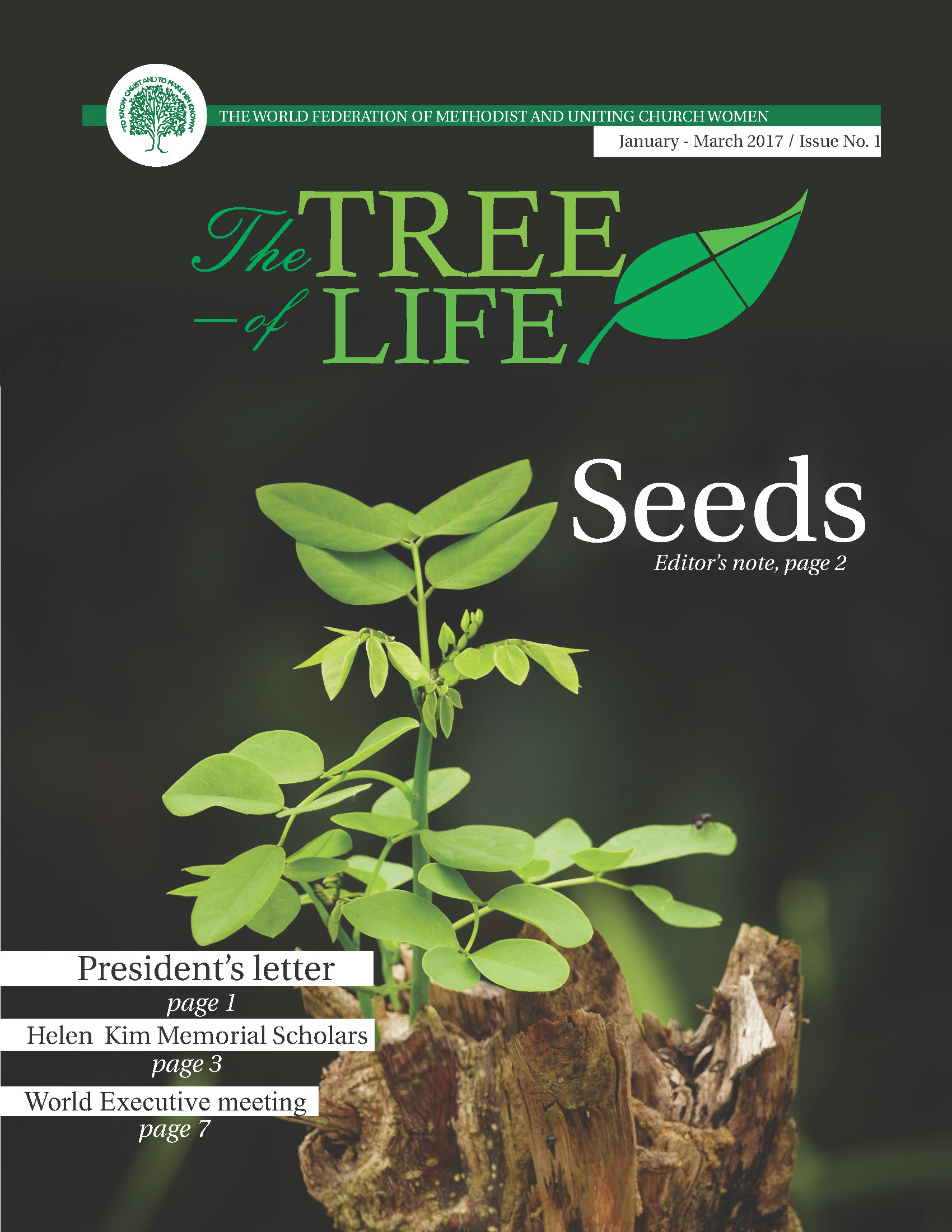As World President, I had the great privilege of attending the 22nd Conference of the World Methodist Council (WMC) meeting in Gothenburg, Sweden, 14-18 August 2024 under the theme: On the Move, focusing on sub themes Migration, Pilgrimage and Guiding Lights. It was a powerful Conference where together the Methodist, Wesleyan, United and Uniting Churches met to pray and worship, to reflect and proclaim, to listen and respond on the three sub themes. 80 countries were represented by men, women and the youths who were inspired by the sub themes to focus on the other.
I had registered for two workshops/lectures as required which were Migration and Pilgrimage. I alsohad a presentation on World Federation of Methodist and Uniting Church Women, where I talked about the organisation, its programs and activities. Several women came for the presentation and had an opportunity to ask questions about the organisation.
MIGRATION was said to be as old as humanity and the mission of God is defined by movement of people (Gen 11). The call of Abraham presents migration as a divine call where people respond to God’s call to move. Migration happens as an economic issue as the migrant seek greener pastures in foreign land, as a social issue, the migrant run away from their poor conditions or abusive environments to the new countries. It is also a political issue as some migrants will be seeking political security in the new destinations. Migration in the 21st century is attributed to many factors, including globalisation and reverse evangelism.
Hybrid Christianity in the context of Migration is both a replacement and coming together of the two former opposite. Hybrid Christianity is a third space that redefines equality, diversity, and inclusion. In hybridity, equality means offering everyone the same rights and opportunities. Such opportunities go beyond the background of those who need to be given opportunities. Diversity is understanding that each person is unique, and no one is a copycat of the other. Diversity thus entails embracing people’s differences, including their beliefs and abilities. When people move, the church moves, the question is, is the Church a host, home, or hostile to migrants in the face of a global migration crisis that has fuelled mixed reactions. The Church is not a temple built in local communities, but it is a lived religious experience embodied by people who belong together through a family or community called the Church.
Inclusion is an extension of equality and diversity. It means that all people have the right to be included, respected, and appreciated as valuable members of the community. Hybrid Christianity has an opportunity to embrace the weak and the strong, the rich and the poor, the conservatives and the liberals, and these opposites present a third space that redefines theology and the context of the church in the form of undefined space.
Advantages of a Hybrid Christianity
1 People on the Move introduce diverse Christianities
2 Emphasis on social justice and contextual theologies of marginalised
3 Revitalising Christian communities
4 Diversification of worship style
5 Ecumenical dialogues
6 Interfaith Dialogue
In conclusion, migration remains a global phenomenon that is creating a rainbow church, and a hybrid church. Theology will be reevaluated, redefined, reread, reinterpreted, and revamped to speak to the modern context and not the past. The global north churches must demonstrate that they are homes to the people on the move. This relationship is shaped by theological commitments, sociocultural adaptability, and practical capacities.
PILGRIMAGE
Pilgrimage to a source of life who is Jesus Christ of Nazareth. Search for God who is the well of life. Many people don’t find it, but those in Christ will defiantly find it. Pray that obstacles are removed, so that you find the well who is Jesus Christ. Its not about the definition of God but the finding and knowing that He is the well of God.
Walk to Emmaus (Luke 24:13-36) the two disciples were walking with their memory loss within what was called “third space” The third space is an in-between space. This space is between the hope they once knew by following Jesus, and his death, grief and resultant loss of hope. This third space is a boarder space. It is a space of conversion. Jesus meets them in this space and lead them to renewed hope and conversion to hope. This third space is a creative space, where new epiphanies occur.
7 Stages of the Emmaus Text
1, Sharing Sadness and Failure as an Opportunity.
3, Invitation and Desire – the disciples invite the stranger to stay with them.
4, Sence of Presence – So He went in and stayed with them.
5, Recognition and Transformation – lightining flash of recognition when the stranger takes the bread and blesses it.
6, Disappearance of Jesus and Disciples Return to Jerusalem – The disguise is gone, but so is he. He vanishes just as the moment of the disciples are transformed.
7, Reappearance and Assurance – He appeared in a majestic appearance as he was after his resurrection.
The disciples desired communion with a stranger and invites him inside, it all ends when they returned to Jerusalem and Jesus appeared to all of them in the upper room and pronounced PEACE. We are all equal in the eyes of God, stranger and disciples.
The text invites us to our own Emmaus where our heart is to be kindled. Each of us meets unknown pilgrims who hide an unknown Jesus. Pilgrimage of hope is readiness to greet a stranger on our path, and points to divine compassion for those struggling and weak in faith.
Sipiwe Chisvo
World President



 Translate
Translate